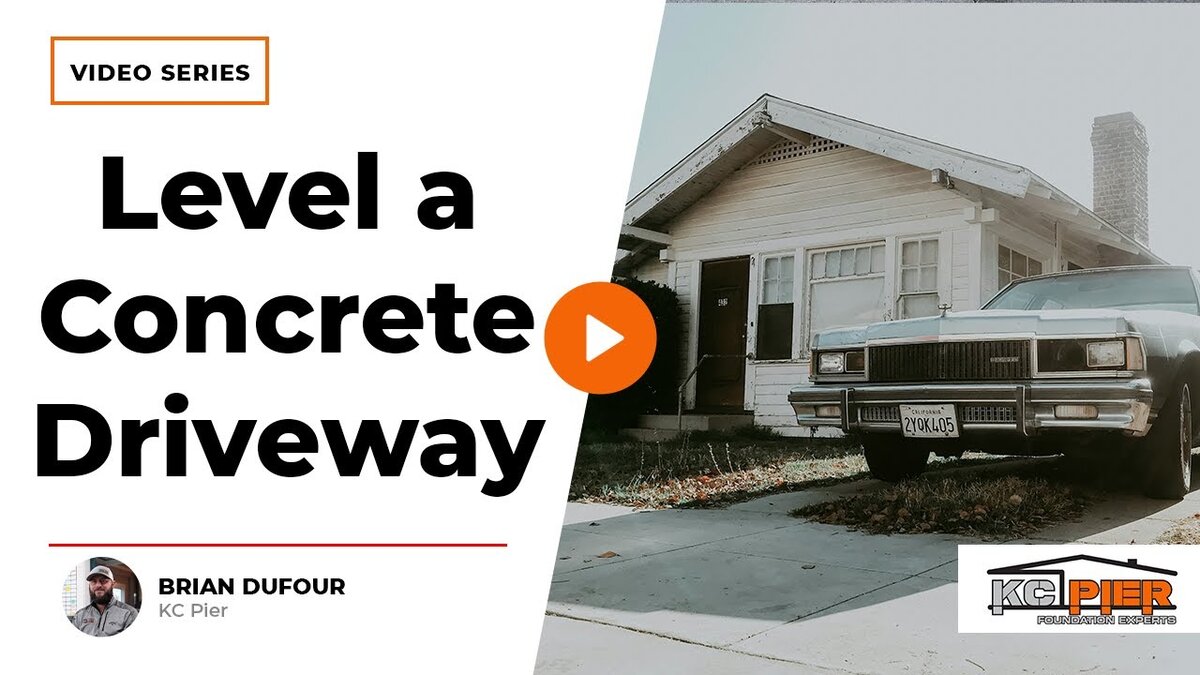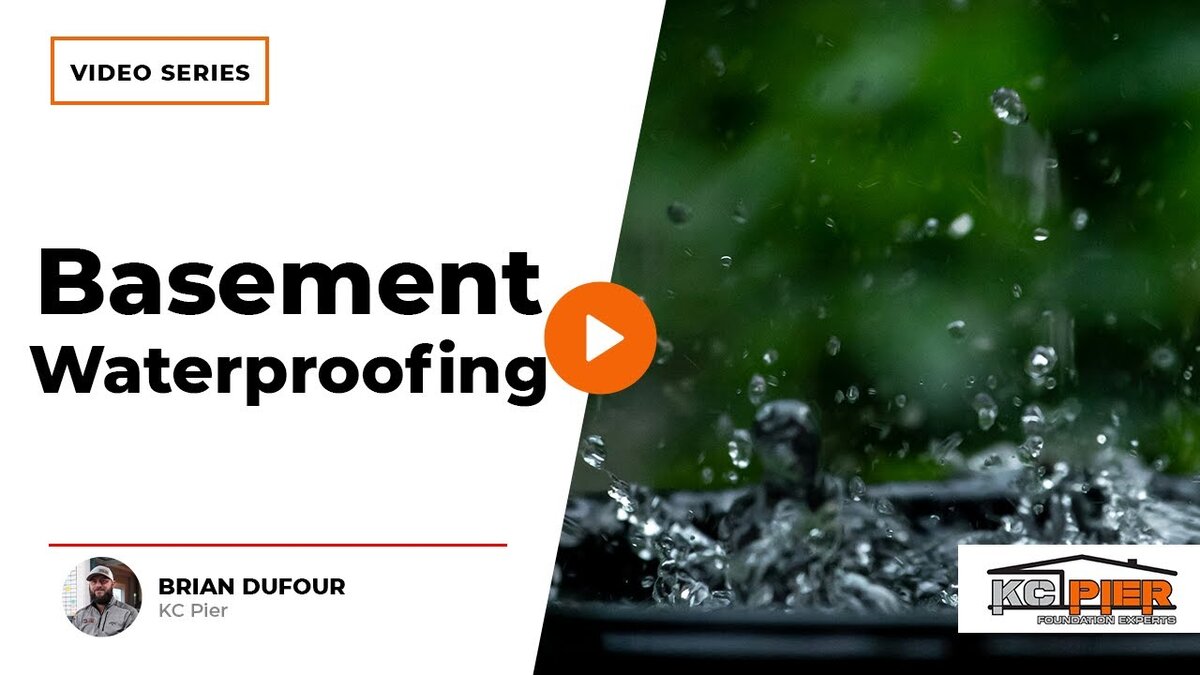Is your home trying to tell you something? Cracks forming above door frames, stubborn windows, and uneven floors might seem like small issues, but they could be pointing to a much larger concern—foundation settling. Left unaddressed, this gradual movement can compromise your home’s structure and lead to costly repairs. In this guide, we’ll explore the key signs of house settling, discuss the causes, and explain how house leveling can restore your home’s stability and protect its long-term value.
Signs of House Settling
One of the first indicators of house settling is the appearance of cracks around your home. You might notice these cracks off window frames, above doors, or in the corners of rooms. Additionally, doors and windows may start to stick or become difficult to open and close. These issues often accompany unlevel floors, which may slope towards the perimeter of the house. These are classic signs that your foundation is experiencing movement.
- Cracks Around Windows and Doors: Look for cracks that emanate from the corners of window frames or doorways.
- Sticky Doors and Windows: If you find it increasingly difficult to open or close doors and windows, this might be due to the shifting of your foundation.
- Uneven Floors: Pay attention to any sloping or sagging in your floors, especially towards the edges of your house.
Impact of House Shifting and Settling
When your house starts to settle, it’s not just a matter of aesthetics or minor inconveniences. The impact on your home’s structure can be significant. As the foundation shifts, it pulls the entire wood framing with it, causing stretch fractures and further cracks. In severe cases, this can lead to more extensive damage throughout your home, including bolted ceilings.
Causes of House Settling
In regions with expansive soils, such as the Midwest, house settling is often caused by changes in soil moisture. When the soil beneath your home loses moisture, it shrinks, much like a dry sponge. Conversely, when the soil absorbs water, it expands. This constant shrinkage and expansion can cause the foundation to move, leading to settling.
- Lack of Water: Extended dry periods can cause the soil to lose moisture and shrink away from the foundation.
- Expansive Soils: The soil in areas like the Midwest expands and contracts with changes in moisture levels, which can affect the stability of your foundation.
Effects of Soil Shrinkage
As the soil shrinks away from the foundation during dry spells, the foundation can drop, pulling the wood framing and other structural elements with it. This movement creates stress on the entire structure, resulting in cracks and other signs of damage.
Risks of Not Correcting Settling
Ignoring the signs of house settling can lead to more severe issues down the line. The rebar, which is embedded in the perimeter of your house, is designed to reinforce the structure. However, if one side of the foundation drops and isn’t corrected, it causes stress along the rest of the foundation. This can escalate from needing to fix a single corner to potentially requiring extensive repairs on half of the house.
Additionally, as the foundation continues to settle, it pulls apart the framework, including the joists and rim joists. This not only affects the structural integrity but also reduces the chances of a successful recovery without significant intervention.
In Summary
Identifying the signs of house settling early on can help you avoid extensive and expensive repairs down the line. Cracks around windows and doors, sticky doorways, and uneven floors are clear indicators that your foundation may be shifting. Understanding the causes, such as insufficient water and expansive soils, allows you to take proactive steps, including house leveling, to address the issue effectively.
If you notice any of these signs in your home, it’s crucial to act promptly. Contact us to assess the situation and provide the necessary house leveling solutions to ensure the stability and safety of your home.






